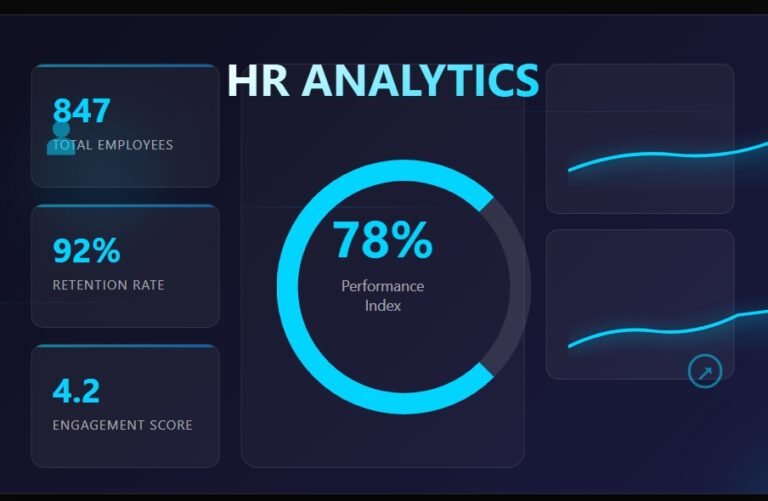The way we work has fundamentally changed. What started as a pandemic necessity has evolved into a strategic choice reshaping how organizations operate. But which model works better: hybrid or full-time office work? Let’s look at what the research tells us.
The Case for Hybrid Work
Recent studies have revealed that hybrid work arrangements offer significant advantages. Research from the International Journal of Productivity and Performance Management shows that hybrid working can enhance productivity and performance when implemented thoughtfully. Workers report better work-life balance and reduced commuting stress, while organizations benefit from reduced real estate costs and access to broader talent pools.
Employee well-being, a crucial factor in workplace success, shows interesting patterns in hybrid settings. A 2024 study in the Journal of Environmental Psychology found that employees’ perceived performance and well-being varied significantly between home and office environments, with many reporting higher satisfaction when given the flexibility to choose their work location.
The Office-First Perspective
However, the traditional office environment isn’t without its merits. Recent research highlights that office spaces have been optimized over decades to enhance worker performance and efficiency. Full-time office work offers advantages in:
- Spontaneous collaboration and innovation
- Stronger team cohesion
- Clearer work-life boundaries
- Easier onboarding and mentoring of new employees
The Cultural Impact
Perhaps the most significant consideration is organizational culture. Research on organizational dynamics suggests that maintaining company culture in a hybrid world requires intentional effort and new approaches. While full-time office work makes culture-building more straightforward, hybrid arrangements aren’t incompatible with strong organizational culture and require different strategies.
Finding the Sweet Spot
The most effective approach appears to be situation-dependent. A comprehensive study from TU Delft found that the optimal balance between office and remote work varies based on:
- Job role and responsibilities
- Team dynamics and collaboration needs
- Individual preferences and work styles
- Organizational goals and culture
The Future Outlook
As we move forward, the debate isn’t about which universally better model but how organizations can create flexible frameworks that serve both business needs and employee preferences. The most successful companies will likely be those that can adapt their work models to support both individual productivity and organizational effectiveness.
For organizations considering their workplace strategy, the key lies in avoiding a one-size-fits-all approach. Instead, focus on creating policies that align with your specific organizational needs while providing the flexibility that today’s workforce increasingly demands.



